Decided to build from a tree? An excellent choice, because this natural beautiful material is very strong, durable and will create a healthy microclimate in the house. But so that the paint lasts for a long time, and the wood does not begin to rot, dry out or the bark beetle is not wound up in it, the surface for painting must be prepared. Consider how to process wood before painting.
What does pre-processing include?
Preparation of a wooden base before painting includes the following steps:
- Surface cleaning. Dust, dirt and the remnants of the old decorative material will affect the final result of the work: the paint will lie unevenly and will quickly begin to peel off.
- The application of protection. The choice of protective agent depends on the factors that will affect the wooden base.
- Padding. The application of various primers before painting increases the adhesion of the topcoat. If the painting is done without preliminary priming, then its service life will be significantly reduced.
How to protect wood
To protect boards or timber before painting, various types of impregnations are used, which are selected depending on what effects the wooden product will be exposed to:
- Antiseptic. These solutions prevent mold and various wood fungi from developing. They are used for surface treatment in wet rooms or for outdoor applications. The application of these compounds before painting significantly increases the resistance of the wood structure to the effects of adverse factors that provoke the development of fungal spores. Unfortunately, all antiseptics are very toxic, so it is not recommended to use them inside residential premises.
- Insecticidal. Impregnation of surfaces with such compositions makes the wood “tasteless” for bugs. It is recommended to use insecticides for street buildings.
- Water repellent. Water penetrates deeply into the woody structure, causes it to swell, and upon subsequent drying - various deformations and cracking. Such troubles can be avoided if the timber or board is treated with water-repellent impregnations. Such an impregnating agent will penetrate deeply into the wooden structure, fill all pores and, after drying, will create a durable moisture-repellent layer. It is recommended to use moisture-proofing compounds in damp rooms and for front works.
- Fire retardant. Fire protection must be used if the wood surfaces are not far from the source of the fire (bath, sauna, area near some household appliances in the kitchen or a gazebo for barbecue). Fire retardants significantly reduce the natural combustibility of the tree and allow, if not to prevent fire, then quickly localize and destroy the fire. In addition, for the prevention of flame retardants, it is recommended to process the facade walls of wooden materials to increase the fire resistance of buildings.
- Combined. Solutions containing 2 or more of the above components. Combined mixtures are convenient to use when it is necessary to provide comprehensive protection of the wood structure before painting. For example, you need to protect the facade of the building from fire, bugs and high humidity.To apply each of the specialized formulations and then wait for it to dry and repeat processing again is a long and laborious process. It is much easier to use a combined mixture, and for the money it will cost much cheaper.
to contents ↑After the impregnation is applied and dried, it is recommended that the wooden surface be primed.
What to primer?
Construction stores offer various types of primers, and sometimes it is very difficult for a home foreman to make a choice. How to prime the surface before painting? To choose a suitable primer mix, you must consider:
- The place of priming. For living rooms, it is necessary to choose non-toxic compounds, but for outdoor work, toxicity does not play a big role, here we must give preference to mixtures that allow wood to obtain additional protective qualities.
- The nature of the finish. The soil should be close in composition to the dye that is planned to be used for decorative finishes. If you use different compositions in structure, then a "chemical conflict" may occur, the surface color will be of poor quality, the paint will begin to bubble and peel off.
Having made a choice, it is worth considering the most commonly used primer mixes.
to contents ↑Acrylic
Water-based acrylic primer is non-toxic, penetrates deeply into the wood structure, dries quickly and is very durable. Very often, various mixtures are added to this type of soil, increasing their protective properties.
The purchase of acrylic primers with protective additives allows you to combine the stages of priming and impregnation, which does not affect the quality of the preparation of the base for painting. It can be used for facade and interior work.
Alkyd
This primer is ideal where there is high humidity. It provides reliable protection against swelling, rot and mold. It is low toxic, but dries for a very long time (the drying process takes about 18 hours at normal humidity and a temperature of 18-20 degrees Celsius).
On the street, such primers can only be used in clear weather or primed under a canopy. Alkyd soils are well suited to prepare wood floors and walls in a bath, bath or sauna for painting.
to contents ↑Epoxy
After application, epoxy-based primers form a durable moisture-proof layer on the board. Toxic, dry quickly. It is a little difficult for beginning masters to work with them due to the fact that the soil is produced in the form of two components that are mixed before use.
Epoxy primers are an excellent option for street buildings, especially in those regions where there is a large amount of precipitation.
to contents ↑Shellac
This type of primer is used extremely rarely, only if raw wood was used for the construction. Shellac soil mixtures, due to the methyl alcohol and insect milky juice contained in them, contribute to the quick drying of the wood structure, replacing the water in the pores with methyl alcohol. Such substitution helps to avoid deformations associated with drying.
After the selected primer has been applied and dried, the base is additionally sanded and cleaned of fine dust. This completes the preparation for painting, and you can apply a decorative layer of paint.
A competent choice of protective equipment and compliance with all the necessary steps before painting will not only ensure the longevity of the repair, but also reliably protect the tree from environmental influences.

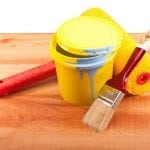
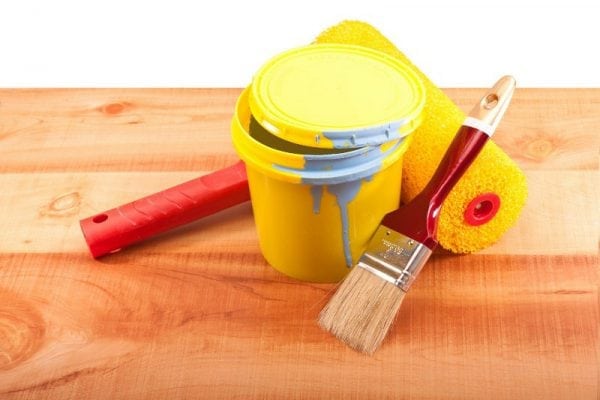
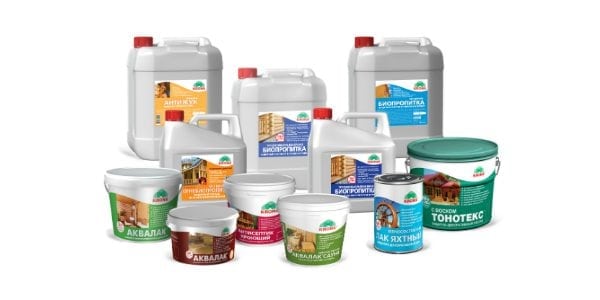
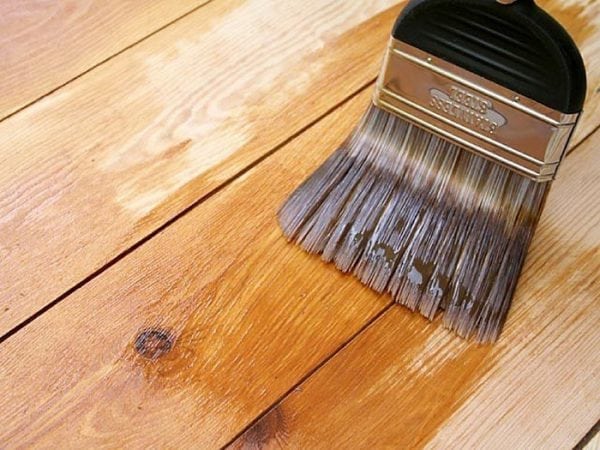
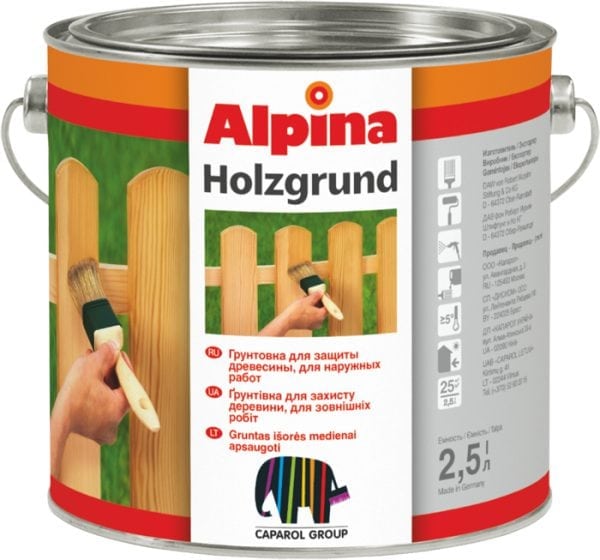
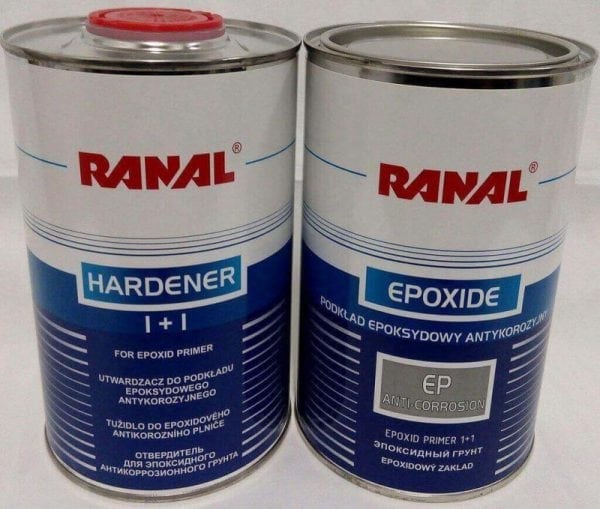





I can not decide what is better to paint a wooden house. It was previously painted with oil paint, but now the paint has faded and a new painting is required. House built in 1954 length - 9m 30 cm, width - 6.50, height 3m. Five windows height -1.50 width 1.10. What do you advise? I will paint with a compressor and how much will it cost me to paint if I paint it myself and if I hire people? I would like to hear the opinion of a specialist who is knowledgeable in this matter or just a person who has encountered painting.